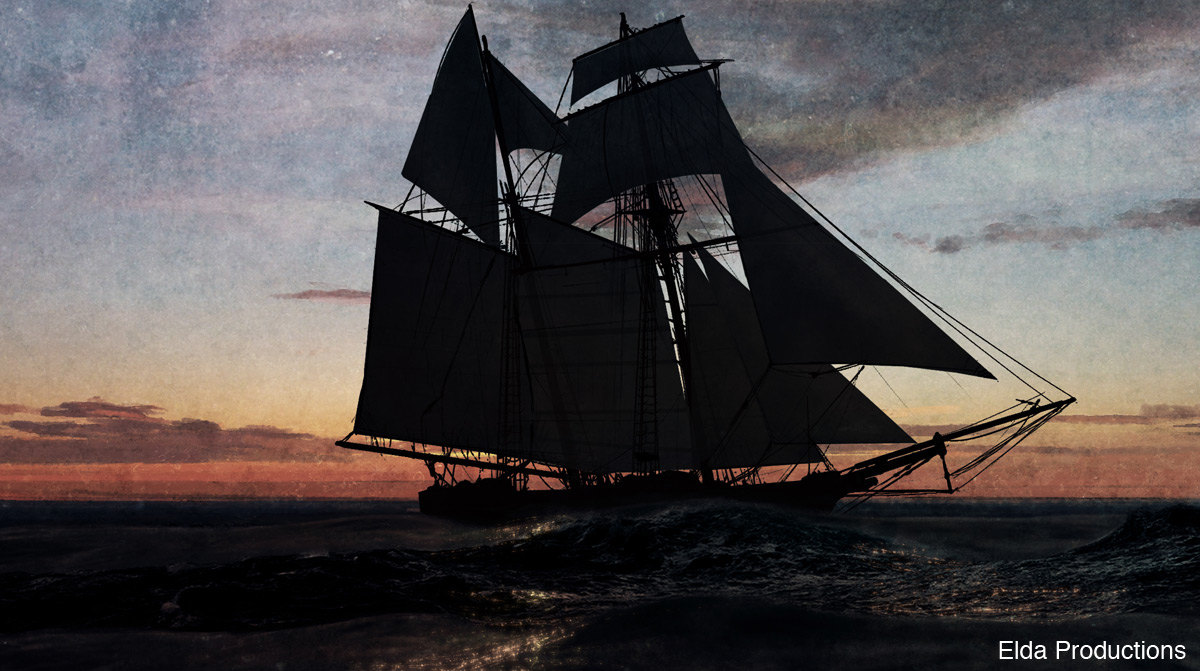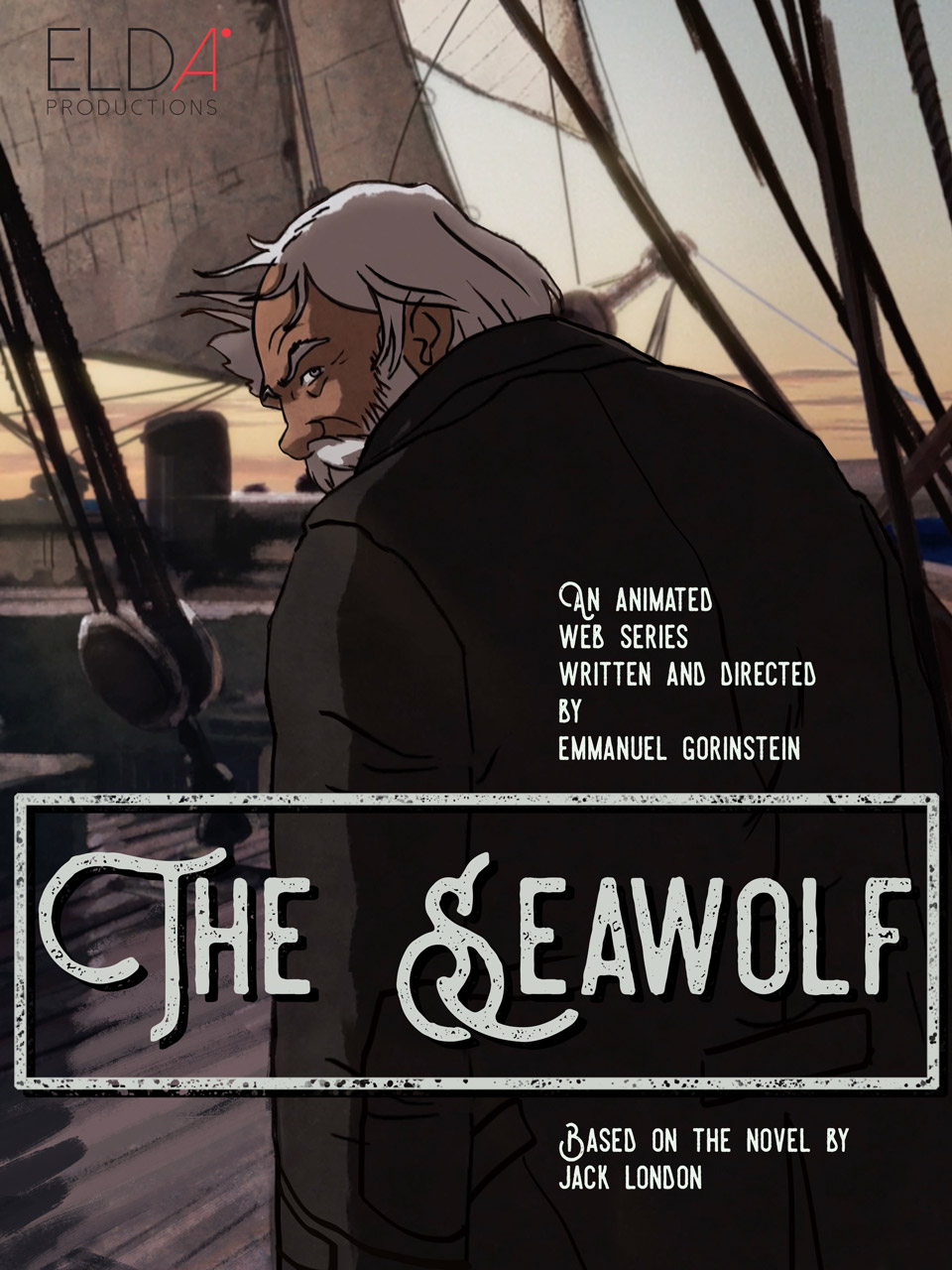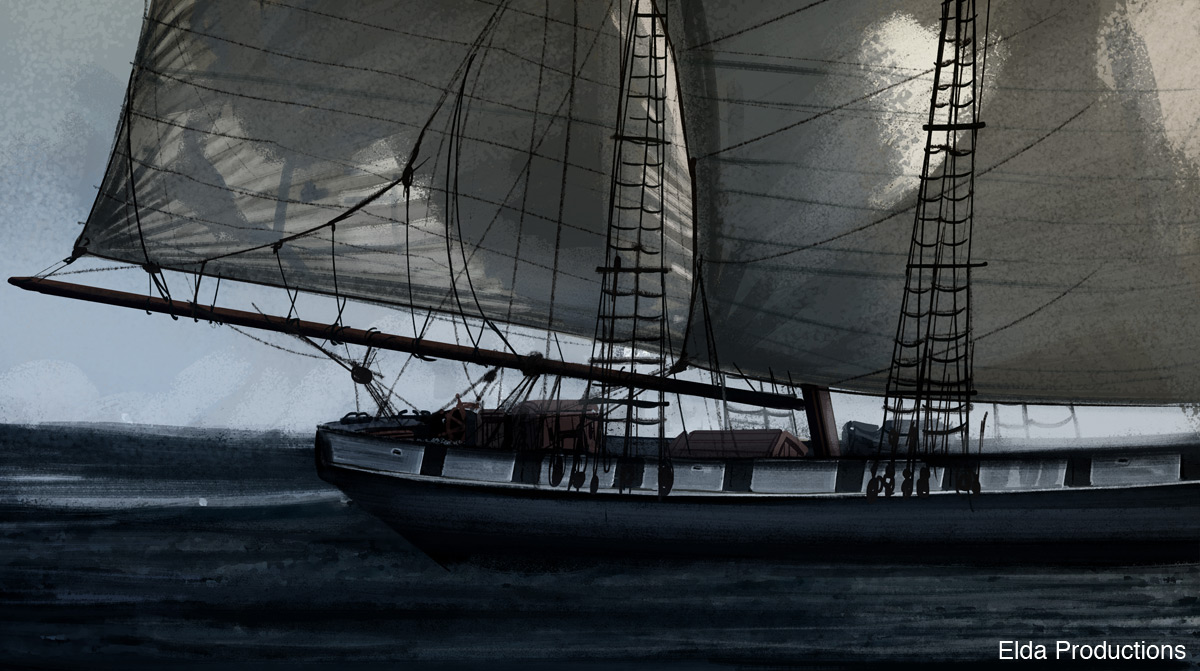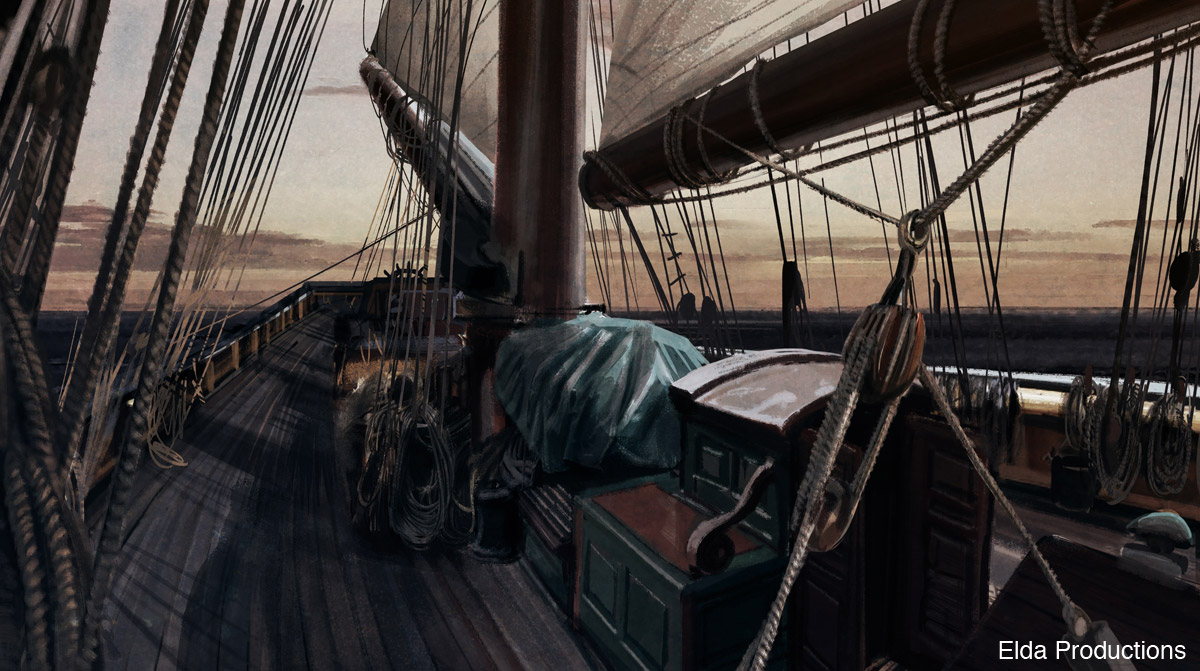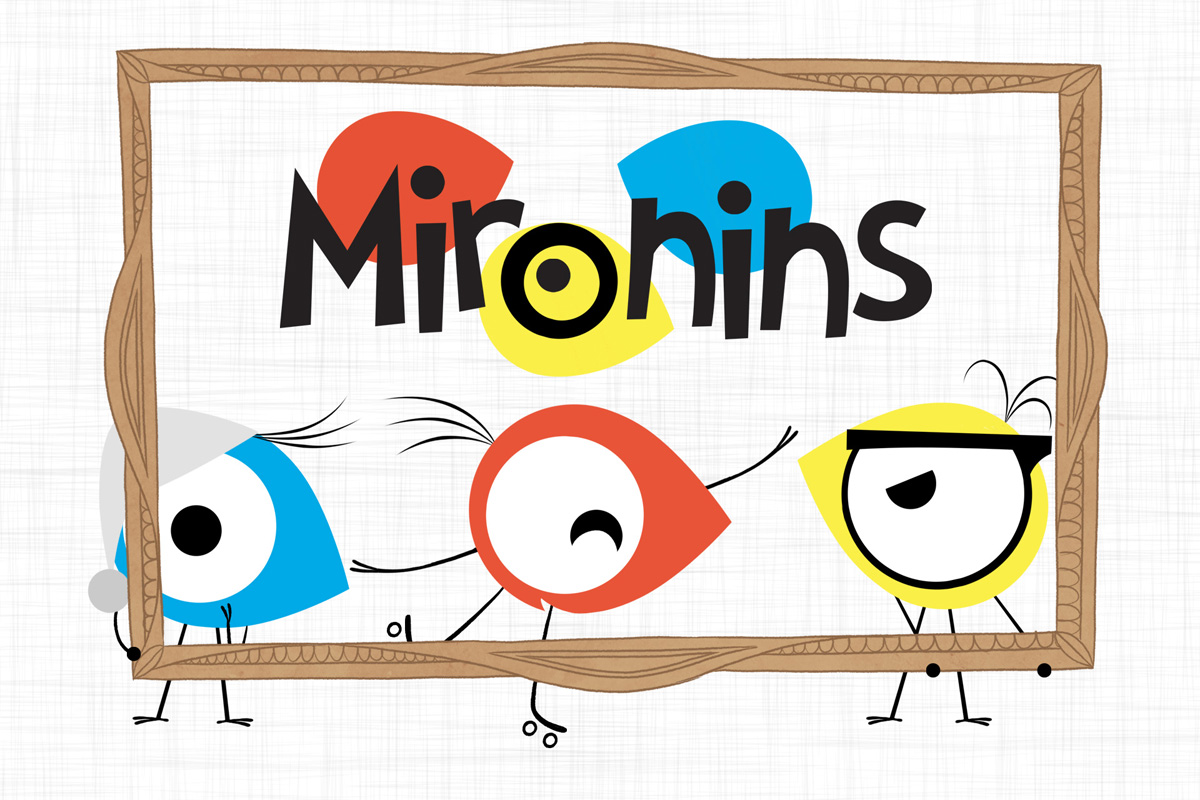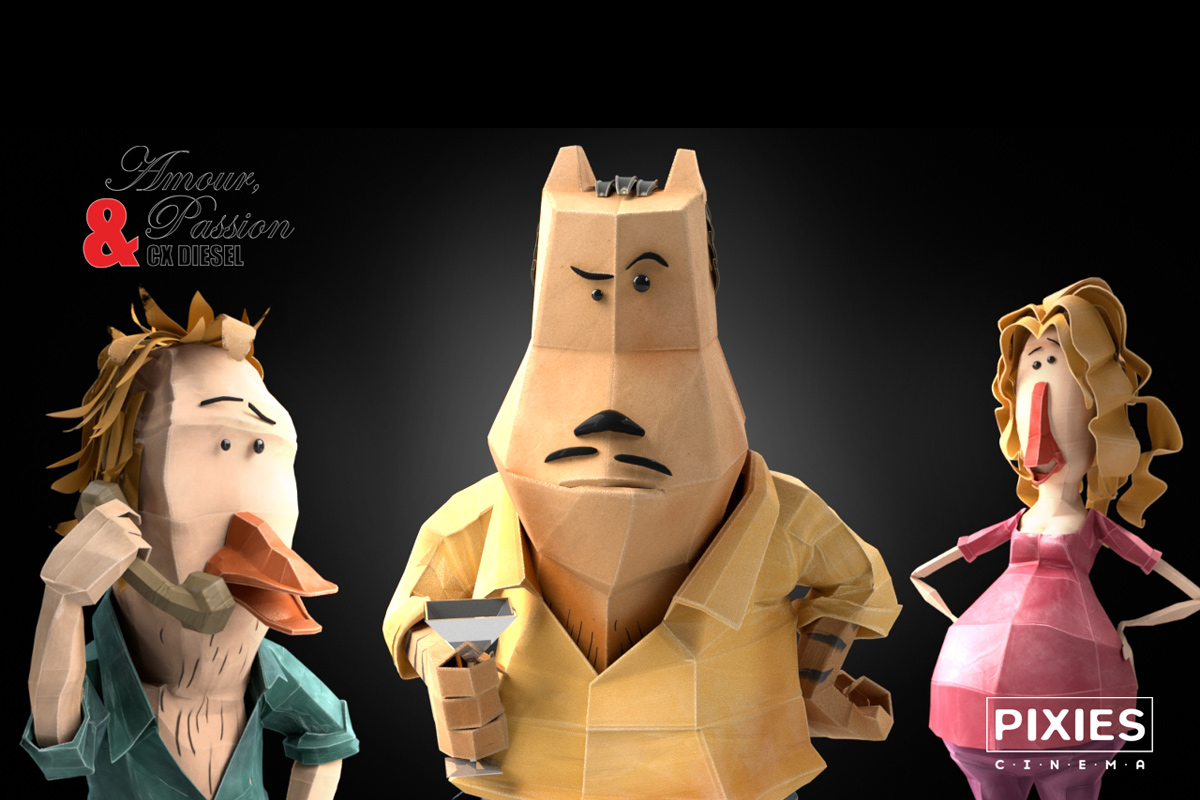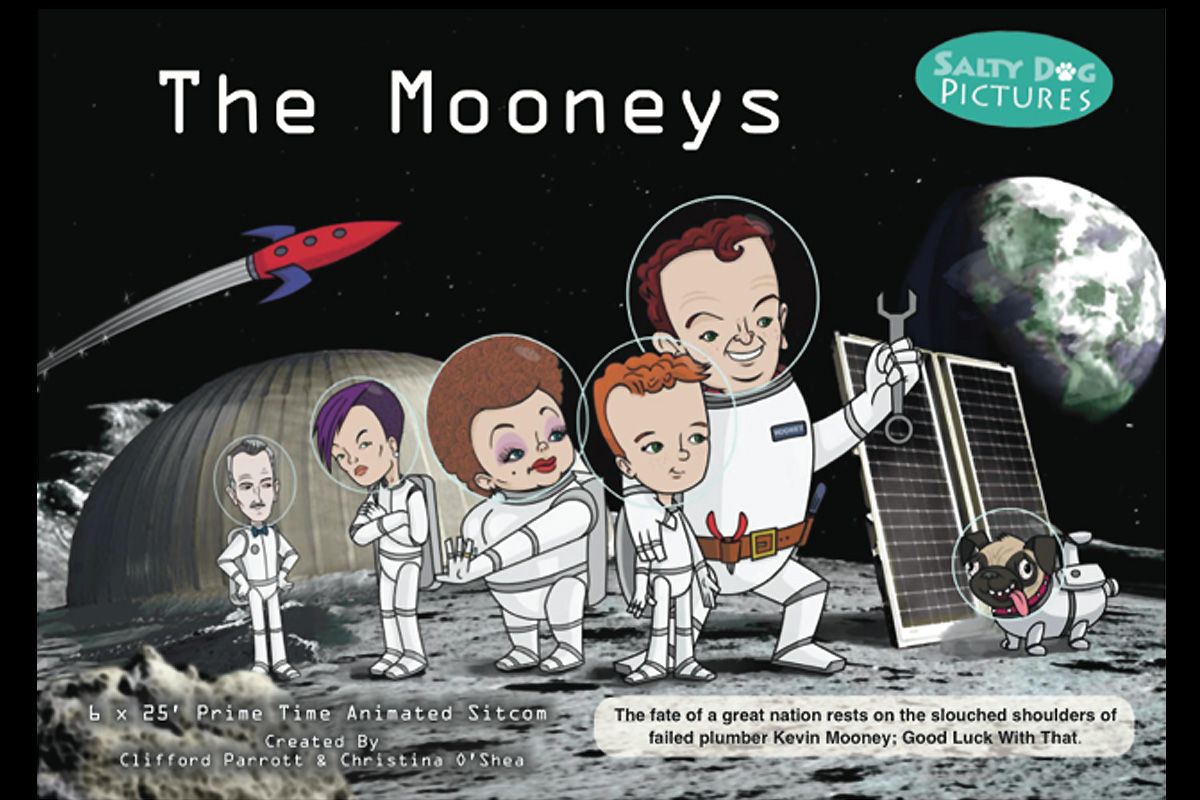The Sea Wolf
(Status: in development)
[row][column size='1/4']
[/column]
[column size='3/4']
Synopsis
San Francisco Bay, 1904. The victim of a ferry accident, Humphrey Van Weyden, an illustrious American literary critic who moves in society circles, owes his life to the fortuitous passing of a sailing vessel, which brings him aboard. In violation of maritime law, he is forcibly recruited by a tyrannical, unscrupulous but irrefutably brilliant captain, Wolf Larsen. He is brilliant by dint of his revolutionary and philosophical ideas, which describe a reflection about life and the way to become a man and to overcome his fears in freeing oneself of all guilt or morality. A nightmarish journey for the young intellectual who is wholly unprepared for such an ordeal. And yet, it is a journey that will bring redemption to his long repressed past. The Wolf is not necessarily the one we expect.
[/column]
[/row] [row]
[column size='1/2']
The Sea Wolf
Director: Emmanuel Gorinstein
Author: Emmanuel Gorinstein, adaptation from The Sea Wolf by Jack London
Producer: Christilla Huillard-Kann (Elda productions, France)
Format: 10 x 10’ or 90 minutes TV special
Target audience: young adults and family
Technique: 2D digital/painting
[/column]
[column size='1/2']
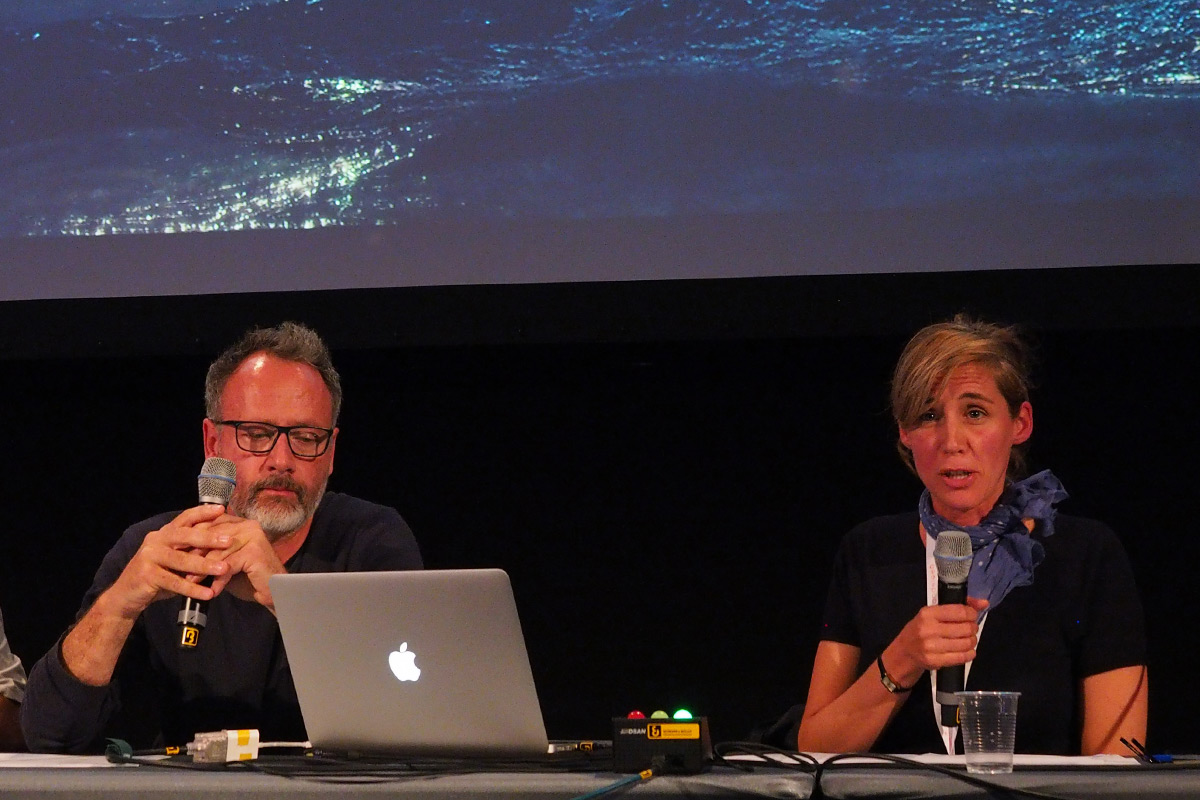
[/column]
[/row]
The Sea Wolf is an animation series adapted from the novel of the same name, written by American writer Jack London in 1904. The novel is known for its powerful combination of realism and lyricism. The story is narrated by a gentleman named Humphrey Van Weyden, who was saved by a seal-hunting ship from the wreckage of a ship that he was onboard on in The San Francisco Bay. The captain named Wolf Larsen, who saved him, turns out to be the man known as The Sea Wolf – a violent and ruthless man. Van Weyden is forced into labor under Larsen’s command on his ship and undergoes inhumane hardships. He confronts the edge of humanity.
Emmanuel Gorinstein, the director and author, and Christilla Huillard-Kann, the producer, are working together to bring this classic to life as an animated series with their own interpretation.
“To Take Control of your Own Life”
Gorinstein tells us that the story contains multiple different layers, which makes the novel particularly powerful. “It’s the story of a young man who has to face something very tough and violent, linked to the sailing, and madness, of that captain. Considering the atmosphere of the time of 1904, the captain’s behavior may not be interpreted as mad. It is the era that a new philosophy of life emerged, which is basically managing your life and being strong enough to live your own life. In other words, you don’t want to be just a witness of your life. This is exactly what Larsen, the captain, wants to do, even if how crazy he looks. If he has to kill someone, or someone is against his ideas, he doesn’t care about killing or making some collateral damage. He has a very emphatic, extreme way of serving this kind of philosophy, touching the theme underlying this novel: to take control of your own life.”
Christilla Huillard-Kann adds, “With Jack London’s works, there is a very simple message on how men can manage with life, nature and natural elements like the snow, the sea, the mountains, and so on. This is the first book and story written by him that has an additional message which asks, ‘how to manage yourself, how to have a good life, and how to be powerful without leaving your conviction and your faith’. That’s why we are convinced that it can reach a large audience. For 10 or 11 year olds and parents, this adventure story holds an important message related to life, such as faith, life and friends.”
Christilla Huillard-Kann uses an example of being on a boat to explain how you would make a decision in a critical situation and what this story wants to tell essentially. “Imagine if you are in the vessel, and a big wind blows. Your life is at risk. Do you choose to save your friends, or do you want to save your own life? It depends on your sense of who the friends are for you. This kind of notion crystallizes what we want to explain in this story: How to live together, and how to survive and protect yourself.
[row][column size='1/3']
[caption id="attachment_5647" align="aligncenter" width="1276"]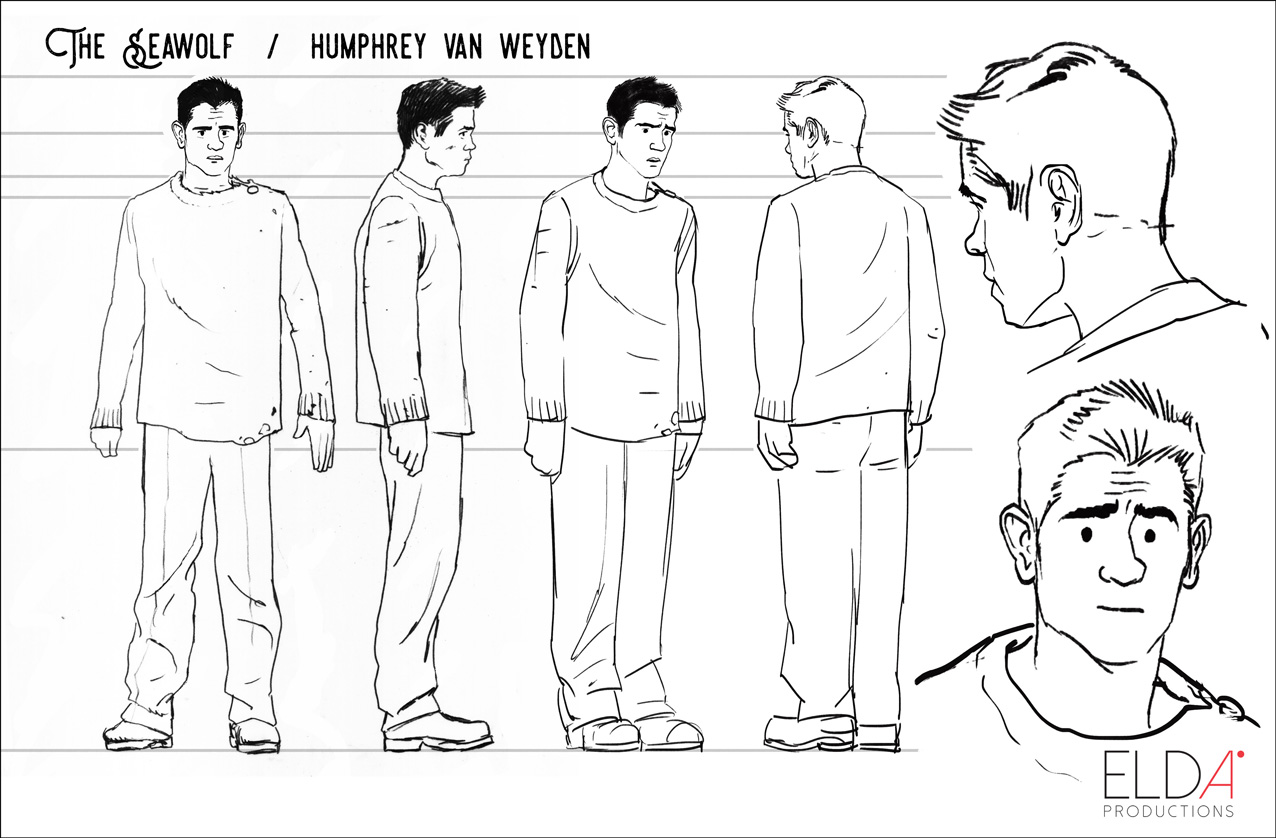 Humphrey[/caption]
Humphrey[/caption]
[/column]
[column size='1/3']
[caption id="attachment_5649" align="aligncenter" width="1276"]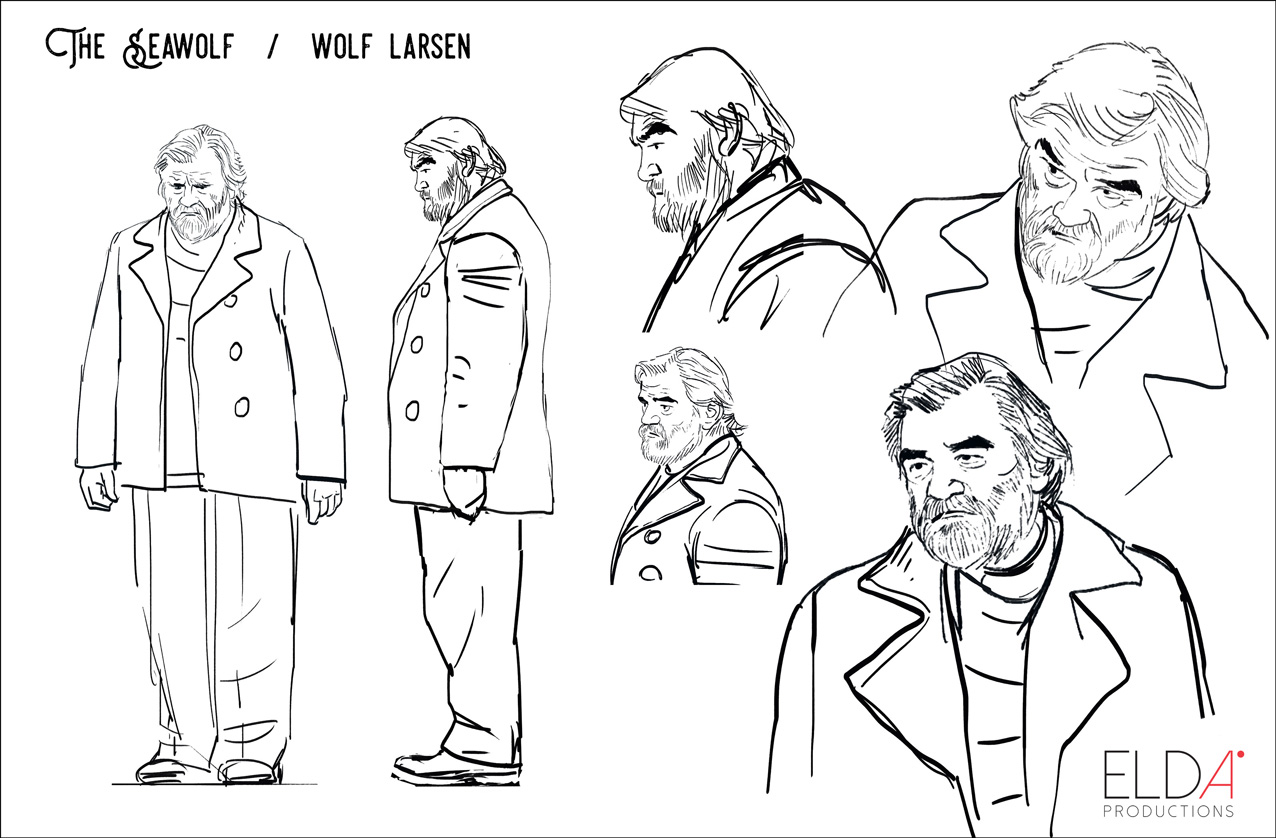 Larsen[/caption]
Larsen[/caption]
[/column]
[column size='1/3']
[caption id="attachment_5648" align="aligncenter" width="1276"]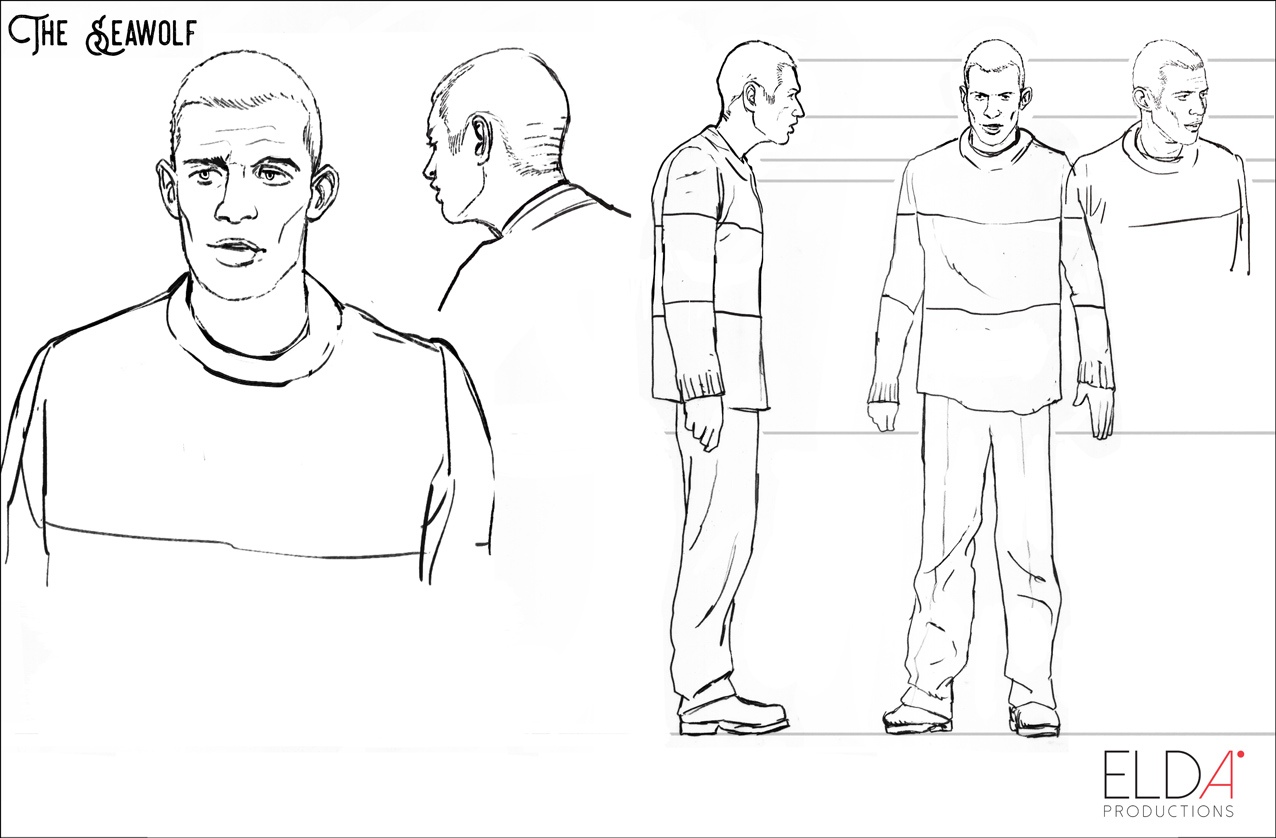 Johnson[/caption]
Johnson[/caption]
[/column]
[/row]
Difficulty of Adapting the Story for Children
There is a difficulty in adapting the original story to be suitable for children. Christilla Huillard-Kann points out the difference between a typical cartoon for children and The Sea Wolf: “If you’re working on a cartoon and if there’s an antagonist, it would usually be dragons or crocodiles that a protagonist tries to kill. This does not matter for the kids much. However, in our case, things are realistic, so we cannot do the same thing. We want to leave enough space for children to have their own images.”
Christilla Huillard-Kann continues, “When you are reading a book, you can use your own imagination. When our children read the book, they will not see it as violent as we, adults, think. But in our animation, we need to portray two things, which we need to take into account to adapt the story for children. One is the atmosphere of difficulty that the young man faces when he wants to become a man and another is the violent atmosphere, which comes from the sea as well.”
Gorinstein adds how the young man in the story can be depicted. “Captain Larsen freely creates his own laws. The young man has to become a bit like Captain Larsen and learn his behavior to survive.”
Realistic Visuals
One remarkable thing is the visual images in The Sea Wolf gives the audience a strong sense of realism. That is one of the intentions that the creative team aims for, as Gorinstein describes, “I just wanted to express the reality, the realism of the story. I wanted to keep something realistic, so that’s why I naturally went to this design for the characters. For the background, I naturally went for paint, as it matches the story.”
Christilla Huillard-Kann explains that Gorinstein’s graphic style can go deeper in communicating the atmosphere. Gorinstein recalls that he had the idea of putting them in the same setting for the whole story. This enabled them to work on every part of the boat in details, which gives additional realism to the animation.
[row][column size='1/3']
[/column]
[column size='1/3']
[/column]
[column size='1/3']
[/column]
[/row]


